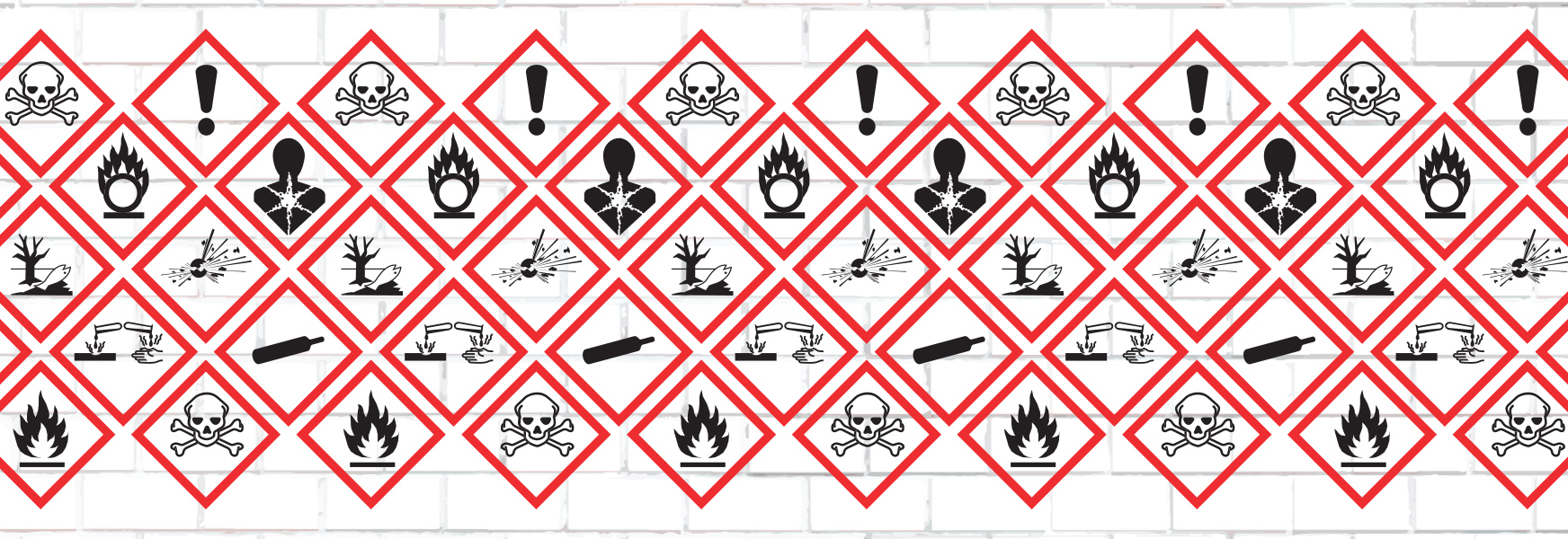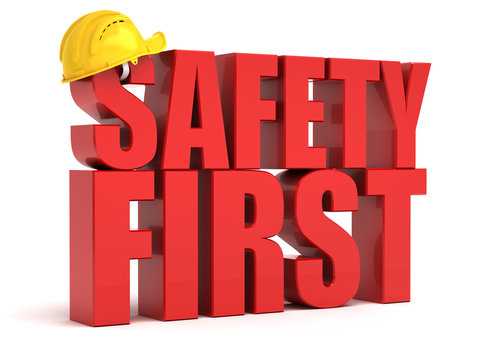
March 2024 Safety Newsletter
What is the Hazzard Communication Standard?
 In the context of the United States workplace and community environmental law, right to know is the legal principle that the individual has the right to know the chemicals to which they may be exposed in their daily living. It is embodied in United States federal law as well as in local laws in several U.S. states. “Right to Know” laws take two forms: Community Right to Know and Workplace Right to Know. Each grants certain rights to those groups.
In the context of the United States workplace and community environmental law, right to know is the legal principle that the individual has the right to know the chemicals to which they may be exposed in their daily living. It is embodied in United States federal law as well as in local laws in several U.S. states. “Right to Know” laws take two forms: Community Right to Know and Workplace Right to Know. Each grants certain rights to those groups.
Toxic substances used in the work area must be disclosed to the occupants under laws managed by Occupational Safety and Health Administration.
Hazardous substances used outside buildings must be disclosed to the appropriate state or local agency responsible for state environmental protection, including regulatory actions outside federal land. Use on federal land is managed by the United States Environmental Protection Agency and the Bureau of Land Management Archived 2011-10-18 at the Wayback Machine.
The US Department of Defense is self-regulating, and as such, is immune to state and federal law pertaining to Occupational Safety and Health Administration OSHA and Environmental Protection Agency (EPA) regulations on foreign and domestic soil.
The Hazard Communication Standard first went into effect in 1985 and has since been expanded to cover almost all workplaces under OSHA jurisdiction. The details of the Hazard Communication standard are rather complicated, but the basic idea behind it is straightforward. It requires chemical manufacturers and employers to communicate information to workers about the hazards of workplace chemicals or products, including training.
The Hazard Communication standard does not specify how much training a worker must receive. Instead, it defines what the training must cover. Employers must conduct training in a language comprehensible to employees to be in compliance with the standard. It also states that workers must be trained at the time of initial assignment and whenever a new hazard is introduced into their work area. The purpose for this is so that workers can understand the hazards they face and so that they are aware of the protective measures that should be in place. It is very difficult to get a good understanding of chemical hazards and particularly to be able to read SDSs in the short amount of time that many companies devote to hazard communication training. When OSHA conducts an inspection, the inspector will evaluate the effectiveness of the training by reviewing records of what training was done and by interviewing employees who use chemicals to find out what they understand about the hazards.
The Past & Future
The push towards greater availability of information came from events that killed many and infected others with toxins, such as the Bhopal disaster in India in December 1984. During the Bhopal disaster, a cloud of methyl isocyanate escaped an insecticide plant due to neglect, and as a result, 2,000 people were killed and many more were injured. The plant had been already noted for its poor safety record and lack of evacuation or emergency plan. The lack of awareness and knowledge in the community about the dangers led to this disaster, which could have been avoided.
Shortly after, the Emergency Planning and Right to Know Act of 1986, originally introduced by California Democrat Henry Waxman, was passed. This act was the first official step taken to help people become more educated in the field of corporation’s pollutants and their actions. The act issued a requirement for industrial facilities across the U.S. to disclose information on their annual releases of toxic chemicals. This data collected is made available by the Environmental Protection Agency in the Toxics Release Inventory (TRI) which is open to public knowledge. This was noticed as a step in the right direction however, only pounds of individual pollutants were required to be released as a result of this act. No information about toxicity, spread, or overlap had been required to be shared with the public.
In years to come, the public achieved greater ways of accessing the information that corporations with excess pollutants withheld. The Toxic 100 is a form of newer information which is a list that includes one hundred companies industrial air polluters in the United States that are ranked by the quantity of pollution they produce and the toxicity of the pollutants. This data is determined by the Political Economy Research Institute (PERI) and calculated with factors such as winds carrying the pollution, height of smokestacks, and how much it impacts nearby communities.

